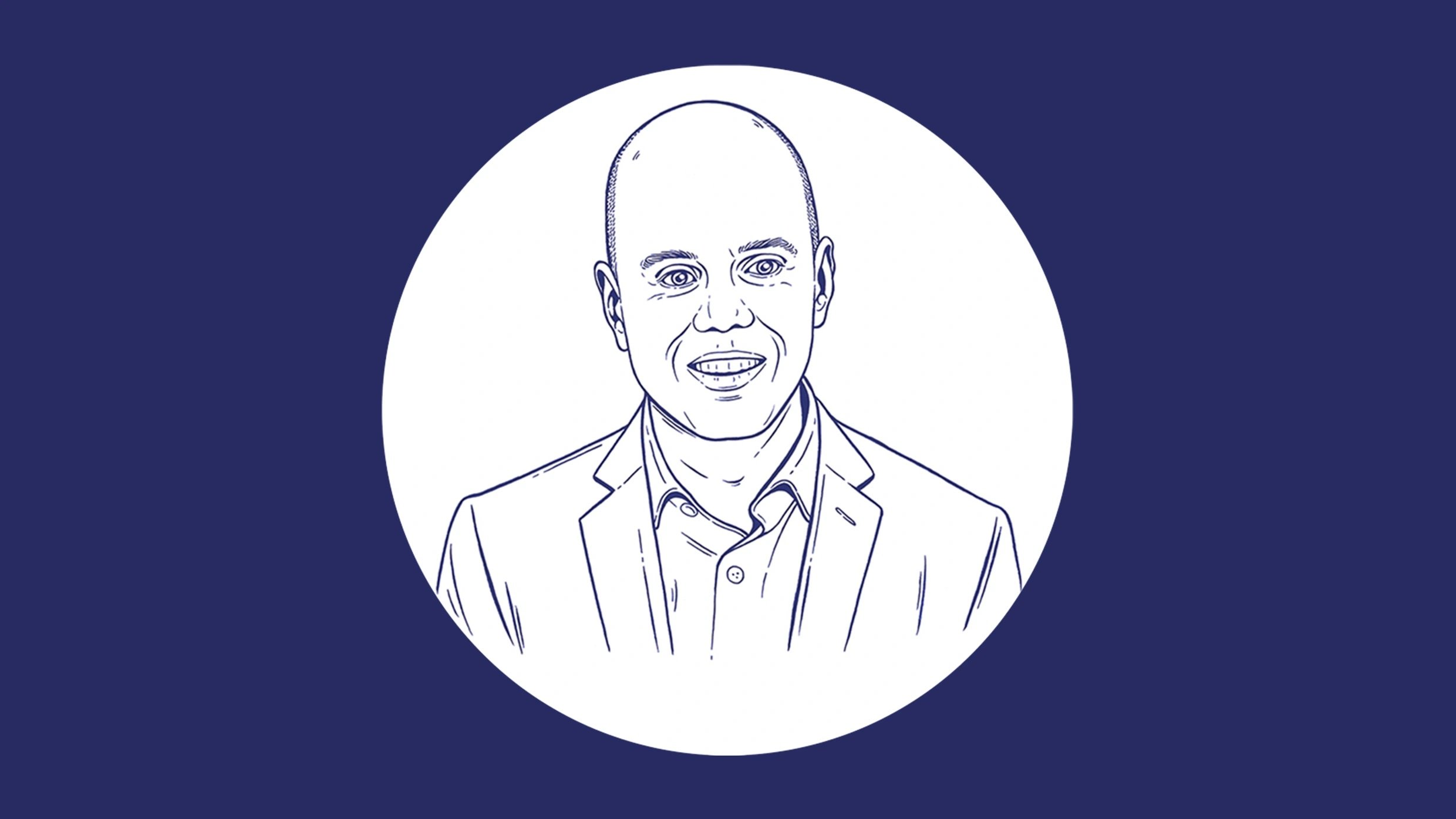The Education Department headquarters in Washington on Jan. 15.
I’ve spent over a decade in federal service, working across multiple administrations. I’ve proudly served my country, navigating shifting policies, political climates, and leadership changes. But what’s happening now? It’s not just a shift. It’s an erasure—one that’s putting careers, rights, and fundamental American values on the line.
If you’ve ever attended a DEI training, served on an affinity group, or simply advocated for fairness, you might be next.
This administration isn’t just eliminating DEI programs—it’s purging people. At least 50 Department for Education employees have been placed on leave, yet “almost none of them worked in jobs directly related to DEI,” according to The Washington Post. Their crime? Being associated with diversity efforts in any way.
That’s the threshold for being removed from service.
This isn’t just about diversity training—it’s about who belongs in the federal workforce at all. The U.S. Office of Personnel Management (OPM) sent a mass email giving employees a “choice”: resign now with a deferred resignation package or risk losing your job without guarantees.
A U.S. Department of Justice worker summed it up perfectly to POLITICO “It felt like we were being asked to swear allegiance to a new form of government.”
DEI isn’t a radical concept—it’s the very promise of this country.
We have fought, legally and morally, to build a system where opportunity isn’t dictated by race, gender, ability, or background. And yet, this administration is doing everything it can to undo that progress.
They aren’t just removing DEI from federal offices—they’re erasing it from history. Government websites with EEOC information were taken down for days, making it harder for employees to even report discrimination .
For those of us with disabilities, this isn’t theoretical. I’ve advocated for policies that make federal spaces more accessible—not just for myself, but for millions of Americans who need those same protections.
So when people say “DEI is dead”, as Trump recently did , I hear something else: “People like you don’t belong.”
But here’s the thing: we’re still here. And we are not going quietly.
Federal employees—especially those of us from historically excluded backgrounds—are exhausted. We’re being pushed out, threatened, and told we don’t matter. But the truth is, we are the backbone of this government. Career staff keep the country running regardless of who is in office. We have institutional knowledge that no executive order can erase.
So if you’re reading this, check on your friends in government. We are holding on by a thread. We need allies. We need people to speak out. We need each other.
And if you’re in the private sector thinking, “This won’t affect me”? Think again. Because when DEI disappears from government, it emboldens companies to follow suit. And when institutional knowledge is lost, we all pay the price.
Trump’s DEI purge targets federal workers who did not work in DEI









